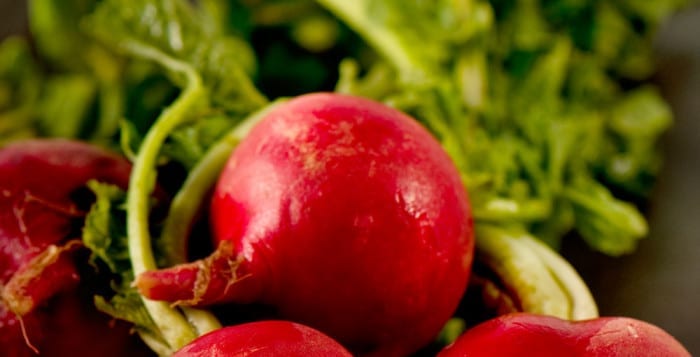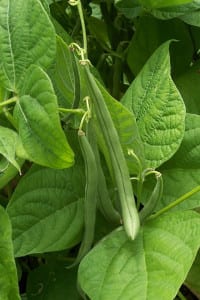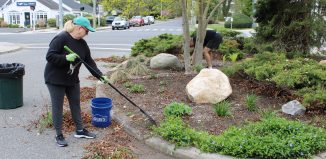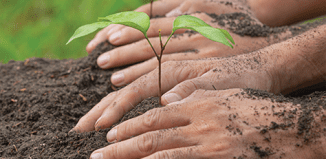Planting a fall veggie crop for a second harvest

By Ellen Barcel
Just because we’re so far into summer, you don’t have to make the assumption that the season is over for growing vegetables. There are many you can plant by mid-August that will mature by Long Island’s earliest frost date — early November — unless you have a microclimate in your area that is much colder than the rest of the island. There are even veggies that you can start growing as late as mid-September.
The rule of thumb for fall planting is to look up the maturity date of the plants you wish to grow — 30 days, for example, for radishes. Then count backward. The last date you can plant radishes then would be the end of September or the very beginning of October. To be on the safe side, figure the middle of September, instead. Always check the package maturity date because different varieties can vary tremendously. Early varieties of beets can mature by 50 days while later varieties can take up to 80 days; early carrots 60 days while later ones up to 85.
Veggies that you can plant in mid-August include bush beans (early varieties mature in 45 days, late varieties in 65 days), early cabbage (60 days), cucumbers (60 days), mustard greens (40 days), peas (60 days), spinach (40 days) and turnips (40 days). Early carrots (50 days), kohlrabi (45 to 60 days) and leaf lettuce (40 to 50 days).

Remember that all of the above are averages. An unusually hot September may affect your veggies negatively. An unusually early frost may do the same thing. But, this is what farmers from way back have had to contend with. You plant based on the averages but Mother Nature may have other plans.
The Year Without a Summer, 1816, was called that because there was frost in every one of the 12 months of the year. The eruption of Mount Tambora in Indonesia, spewing ash into the atmosphere and blocking the sun the year before, is credited with this phenomenon. But, we don’t need a drastic event to affect our garden. We gardeners know the damage to our plants caused by the cold and snow of the last two winters.
On the other hand, frost could be late. I remember a few years ago, putting out my Christmas wreath next to the geraniums, which were not only alive but still blooming.
So, go ahead and plant a late season vegetable garden and cross your fingers that Mother Nature cooperates to give you a bountiful fall harvest.
Ellen Barcel is a freelance writer and master gardener. To reach Cornell Cooperative Extension and its Master Gardener program, call 631-727-7850.






